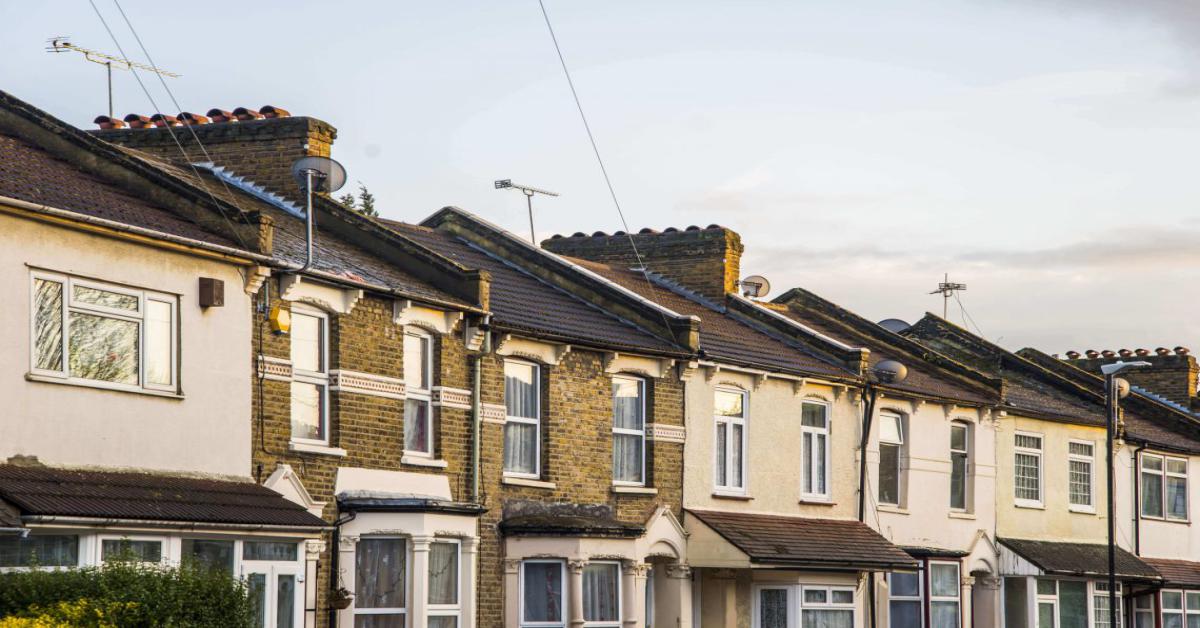

Fire Safety updates in HMOs: what you need to know
As part of the response to the Grenfell disaster, the government has introduced the Fire Safety (England) Regulations 2022, setting out new requirements for some landlords.
The intention of this legislation is to reduce the risk of death or injury from fire.
Who do the regulations apply to?
Most of these new requirements are only placed on the responsible person of high-rise buildings (at least 18 metres in height) but some requirements will apply to all buildings provided that the property is –
- Split into at least two premises; and
- There are communal parts through which residents must pass to exit the building.
As a result, if you are the responsible person for a house in multiple occupation and you let the property by the room, then you are caught by some of the information requirements, though the requirements are relatively minimal.
Similarly, if you own a property where there is a shop on one floor and a residential premises on the second floor this regulation will apply to the common parts.
If the whole property is let on a joint tenancy, then these requirements do not apply to you. However, as the information provided could be useful in saving lives, there is nothing to stop you also providing this information.
Who is a responsible person?
The responsible person for a property is the person who is responsible for the safety of the building. This will be the person who has control over the communal parts of a building.
For example, in a block of flats the responsible person will usually be the freeholder as they have the controlling interest in the communal parts. Similarly, in a room only HMO set up, the landlord will be the responsible person as they retain control over the common parts.
When do these regulations apply from?
The law comes into force on January 23rd 2023.
Which parts of the building do these regulations apply to?
These regulations are concerned with the common parts of properties. They will not generally apply to anything within the self-contained flats or houses within the building.
What are the general requirements for all room only HMO?
There are two key requirements that all responsible people will have to follow –
- Providing fire safety instructions to occupants
- Providing information on fire doors in the property
Fire safety instructions
The fire safety instructions must include –
- the evacuation strategy for the building (e.g. stay put or simultaneous evacuation)
- instructions on how to report a fire (e.g. use of 999 or 112, the correct address to give to the fire and rescue service, etc.)
- any other instruction that tells residents what they must do when a fire has occurred
Fire door instructions
The information on the fire doors must state that –
- fire doors should be shut when not in use
- residents or their guests should not tamper with self-closing devices on fire doors
- residents should report any fault with, or damage to, fire doors immediately to the Responsible Person
Where to display this information
This information should be provided in a clear, easy to understand format to all occupants as soon as reasonably practical after they occupation or whenever the above information changes.
A copy of this information must also be displayed in a conspicuous part of the building. A good place to put this would on the notice board alongside your contact details for a HMO.
Additional responsibilities for properties 11 metres or more in height
Where a property is 11 metres in height or more (typically at least 5 storeys), then additional responsibilities are triggered.
The responsible person must perform checks of the fire doors in the communal parts of the building at least every three months.
In addition, flat entrance doors should be check at least every 12 months.
In both cases, the checks should ensure the doors fully close into the frame, overcoming the resistance of any latch or friction with the floor.
Government guidance recommends that the checks be made by –
- opening the door fully, then letting it go; then
- opening the door to around 15 degrees and letting it go
Are basements included in the height of the building?
Basements are not included when calculating the height of the building. For further information on calculating the height of a building, refer to the government guidance here.
High-rise residential buildings (18 metres tall or more)
A significant amount of further information and checks are required for high-rise residential buildings. This will usually be the responsibility of the freeholder however and should not apply to most PRS landlords.
If you are the freeholder of a high-rise residential building you should seek specialist advice to ensure you have complied with the requirements.

